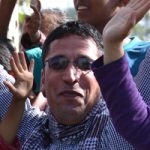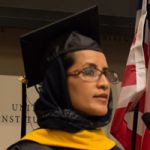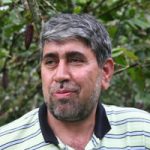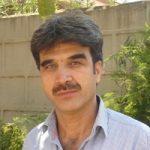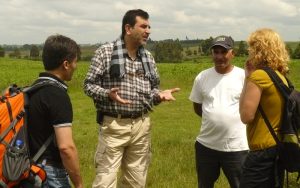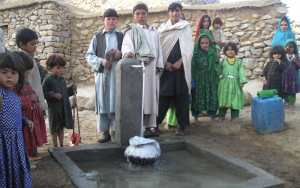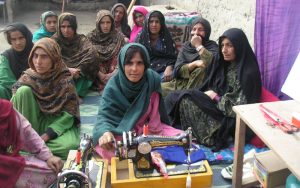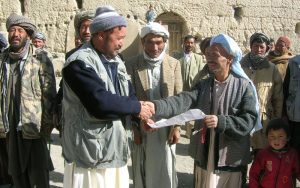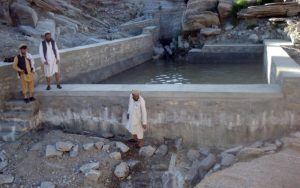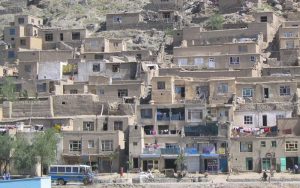
Empowering Vulnerable Communities To Shape Their Futures
Future Generations Afghanistan strengthens the process of self-sufficiency and equitable community change to empower the poor and most vulnerable communities to shape their future; where human dignity, equal rights, and equal opportunities are enjoyed by all.
For just and lasting change in which the poor and vulnerable persons or communities have access to opportunities, Future Generations Afghanistan works in relief delivery and builds resilience & livelihoods in 10 provinces in Afghanistan.

Founded in 2002, Future Generationa Afghanistan activities include:
- Food Security & Agriculture
- Action Research for Knowledge Development
- Water Supply, Hygiene & Sanitation
- Peacebuilding
- Humanitarian Response to Vulnerable Communities
- Education
- Women's Empowerment
- Community Development
















